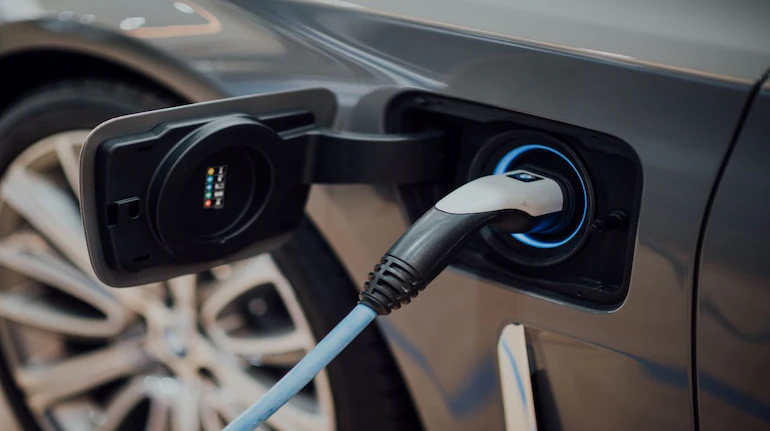Two parliamentary panels have called for an extension of the benefits trough FAME II, even though the ministry seems hesitant to do so as the government’s incentive programme to promote the sale of electric vehicles enters its penultimate year and falls far short of the targets it sought to achieve. The second phase of the Faster Adoption and Manufacturing of Electric Vehicles in India Scheme (FAME) was introduced in 2019 with the intention of assisting in the sale of 1.56 million vehicles by March 2022, including 1 million electric two-wheelers, a target that was later extended to March 2024. The scheme cost Rs 10,000 crore to implement.
Krishan Pal Gurjar, the minister of state for heavy industries, stated in a written reply presented in the Rajya Sabha during the Budget Session that only roughly half of the targeted vehicles had been sold as of February of this year. This came about as a result of changes made to the incentive formula, which raised the total amount of the buyer-accessible subsidy.
A Parliamentary Standing Committee expressed concern about the discrepancy between the target and actual EV sales and recommended that FAME II be extended past 2024. The committee also wanted the incentive program’s purview to be expanded.
Separately, the standing committee’s opinions were echoed in the report of the Committee on Estimates (2022-23) on Evaluation of Electric Vehicle Policy, which was presented in the Lok Sabha this week. It urged the government to release a third edition of FAME and boost incentives for EV adoption more quickly. This panel recommended that the government provide financial incentives to owners of gasoline and diesel vehicles who switch to electric vehicles.
Krishan Pal Gurjar, the minister of state for heavy industries, stated in a written reply presented in the Rajya Sabha during the Budget Session that only roughly half of the targeted vehicles had been sold as of February of this year. This came about as a result of changes made to the incentive formula, which raised the total amount of the buyer-accessible subsidy.

A spillover of Rs 366 crore from the first phase was included in the increased outlay of Rs 10,000 crore announced by the Ministry of Heavy Industries & Public Enterprises as part of FAME II in March 2019. FAME II was in effect from FY20 to FY22 and later extended to March 2024 in order to capitalise on the buzz that FAME I generated and increase the uptake of EVs.
In the second edition, 86 percent of the budget was set aside for incentives to encourage people to buy EVs. The goal was to support the sales of 500,000 electric three-wheelers, 55,000 electric four-wheelers, and 7,090 electric buses in addition to 1 million electric two-wheelers.
In any case, after realising that FAME II was significantly behind schedule, the ministry increased the amount of purchase incentives in 2021. Additionally, 2,877 EV charging stations in 68 cities across 25 states and the Union Territories were approved by the ministry. On nine motorways and 16 highways, an additional 1,576 charging stations have been authorised.
Also Read:
- Electric Vehicles Charging Stations: Indian Government allocations Rs 800 crores
- TVS Jupiter e-scooter patent images leaks Online